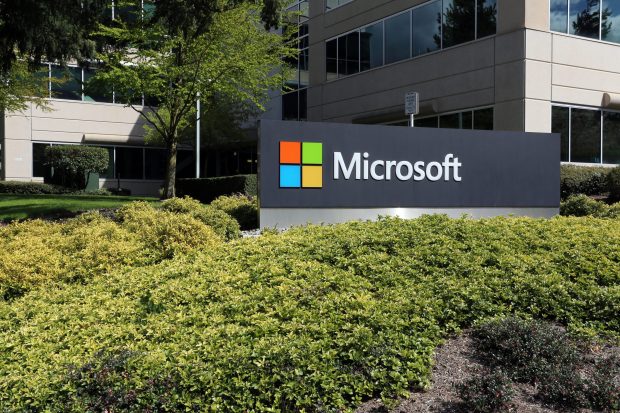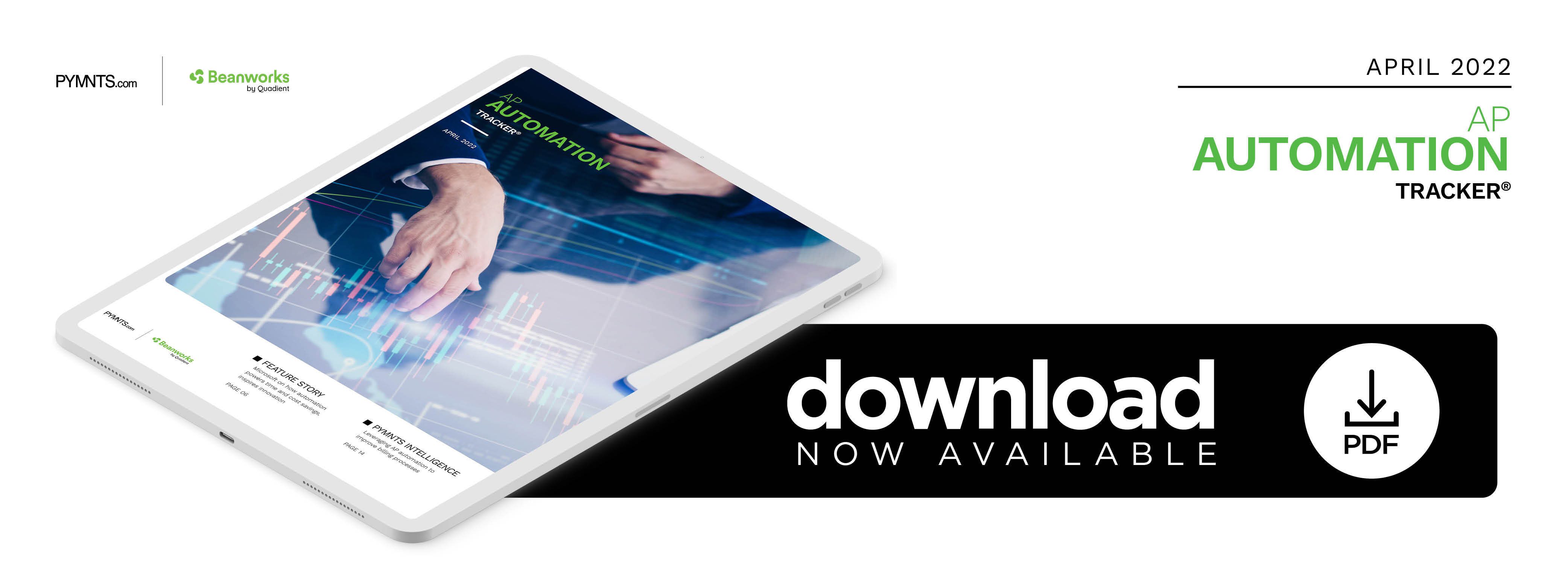Microsoft on How Automation Powers Time and Cost Savings, Inspires Innovation

Where paper checks and manual processes are the best-known sources of payment errors and bottlenecks, AP automation is increasingly coming to the rescue. In the “AP Automation Tracker,” Tanner Busby, finance director of Procure to Pay strategy for Microsoft, explains how companies are saving time, money and manpower — without sacrificing compliance — by automating outdated processes.
From small firms to some of the world’s best-known organizations, automation can help any business streamline processes, save money and ensure compliance.
Tanner Busby, finance director in Procure to Pay strategy for Microsoft, is tasked with process innovation for one of the most influential technology companies in the world and uses automation technology to streamline and simplify the work his team members and others at Microsoft do.
“Process [innovation] and automation enables us to design and optimize trusted global accounting and disbursement solutions that create capacity for employees, value for our stakeholders and impact for our customers,” Busby said.
Busby said his organization strives to create processes and systems that are predictive, reliable and minimize the time employees spend buying and paying for goods and services. They call this concept “Zero Employee Time,” he explained, adding that his team often faces the challenge of identifying the automation areas that will provide the highest return on investment.
Streamlining Accounts Payable and Beyond
For Busby and his team, looking beyond operational efficiencies when streamlining processes is important.
“What we hear from our customers most is that they want simple solutions that are instant and intuitive,” he said. “In response, we introduced our Finance Digital Assistant, which is designed to provide quick answers to a user’s questions in the Procure to Pay processes. If the need is complex, the bot will bring the user to a live chat agent or create a support ticket online.”
The development of the Finance Digital Assistant allowed Busby and his team to retire more than 200 email support aliases globally, which centralized the team’s global support infrastructure and provided real-time visibility into the performance data of the organization’s support needs. That data enables Busby’s team to observe whether users are satisfied and quickly adjust accordingly. The use of automation also creates a positive downstream impact that helps give employees time back.
“Where we have automated invoicing practices, such as withholding tax, our tax partners downstream have received the benefit of more audit-ready data and confidence in our withholding practices,” he said. “We’ve also expanded our focus areas beyond operational efficiency to include broader business objectives that impact Microsoft and our customers, such as influencing cash flow, citizen development using low-code, no-code solutions and blockchain solutions.”
Improving the Systems That Drive Innovation
The driving force behind Busby’s team’s decisions has been connected data, which has enabled them to move from relying on qualitative user feedback to using data to help guide them as they make decisions around areas to improve. They also face increasing requirements from various governments to ensure tax compliance and other statutory regulations. These requirements drive an even greater need for automation to include readily auditable system-to-system invoice processing.
Other areas that have been recently automated include payee supplier setup and processing employee expenses, automating the process of expense report creation and submission for select expense categories. Microsoft developed the Risk Scores Engine using Azure AI and machine learning to provide the level of risk associated with each expense report.
This tool allows for a more accurate and efficient review of expenses and lays the groundwork for future auto-approval. Microsoft Power Apps have also enabled financial professionals to become citizen developers, automating many functions across Procure to Pay without requiring the efforts of Microsoft’s internal engineering teams.
While there have been many benefits to this, including innovation, the greatest has been in allowing the organization and its customers to save costs and direct resources to higher-value activities, said Busby. This enables their focus to be on the core business instead of operational worries. Automation also empowers users to interact and experience zero- to low-touch processes with the flexibility to edit and review throughout.
“It also allows compliance by design, embedding machine learning and rule-based categorization with real-time risk flagging, leading to a more insightful approvals process and decreased audit volume,” he said.
Improved customer experiences and productivity gains were “intentional byproducts” of automation, he said. Offering a repeatable and predictable AP process without weakening compliance thus provides business groups and stakeholders a higher level of confidence.

